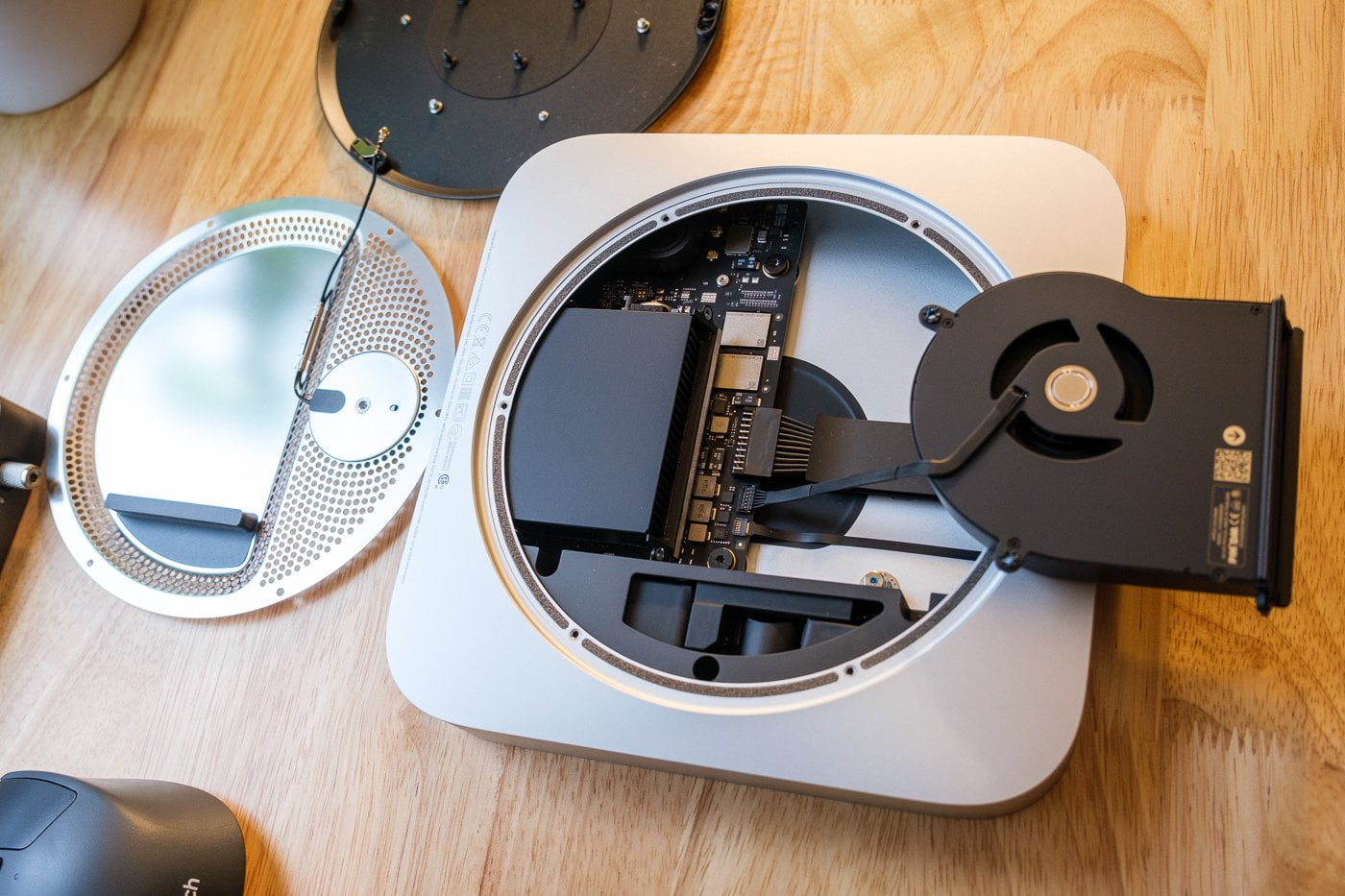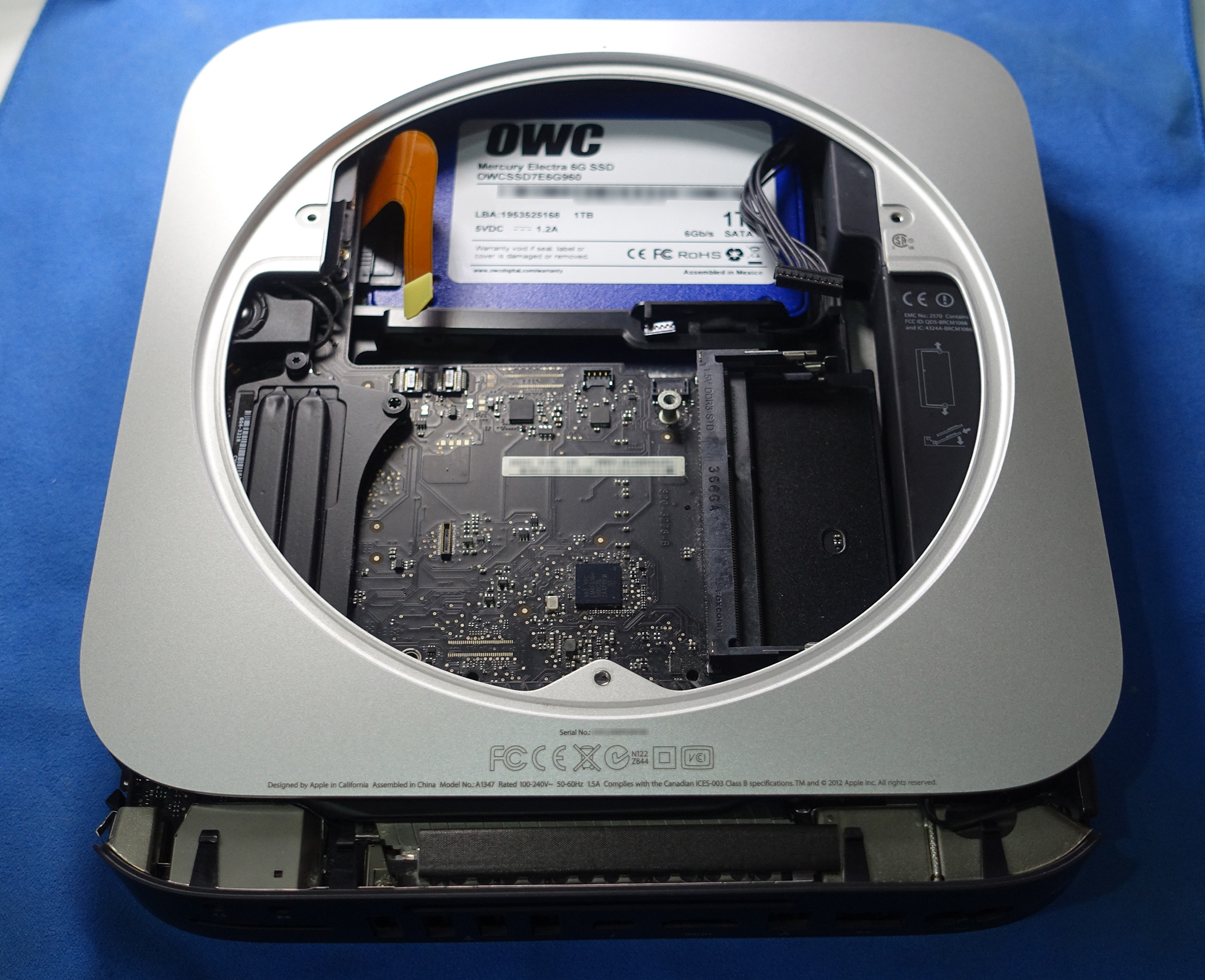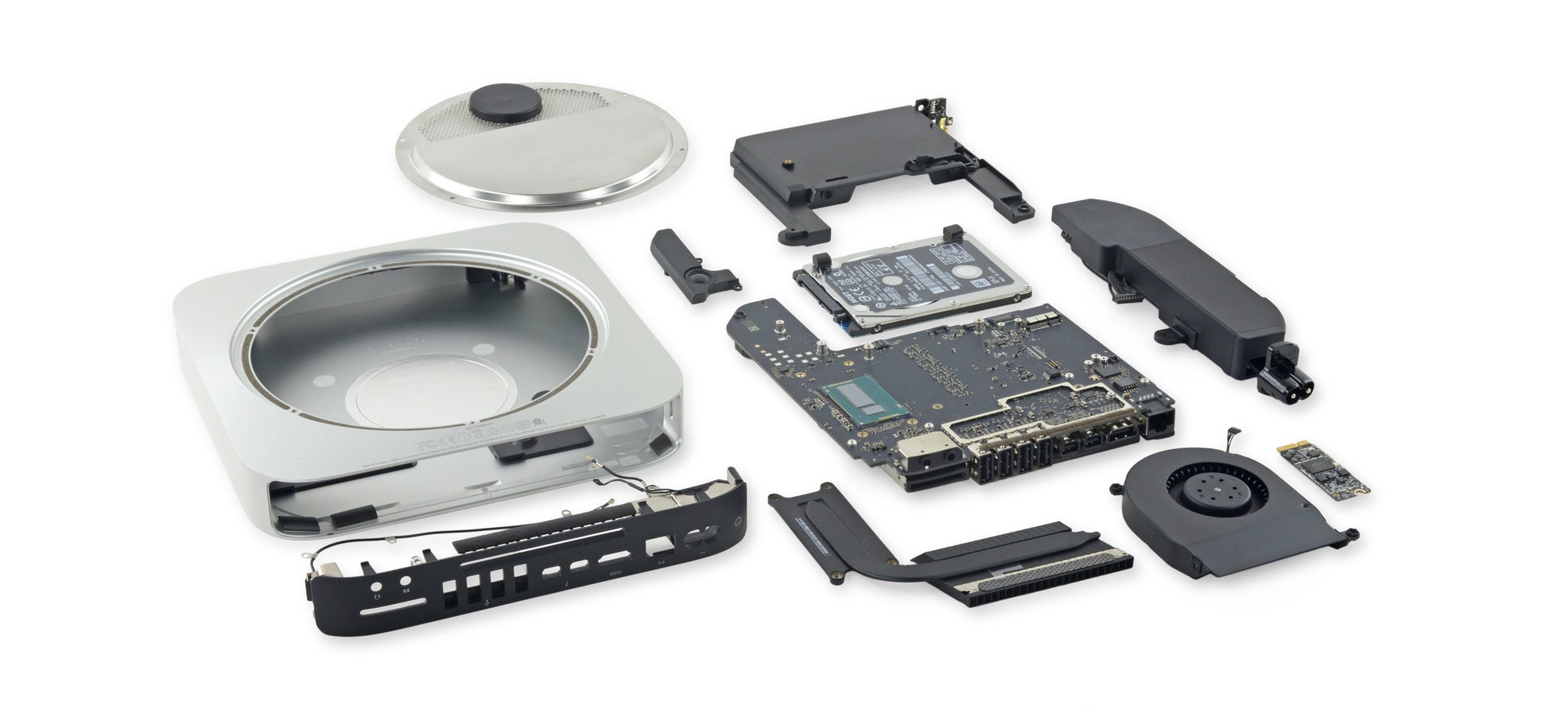

Apple says the SSD monitoring tools didn’t work correctly, and some experts assume that the problem was caused by the difficult transition of Intel apps to Apple Silicon. Even though users stopped reporting it over time (many say, Apple has fixed the problem with macOS 11.4 update), there’s no doubt something was off - apparently, the amount of data written to the SSD was unusually large. The issue with SSD work on M1 Mac was a mysterious one.

But suddenly, the SSD wear issue emerged, which clearly posed a major threat to M1 Macs. We all know Apple’s SSDs usually live long, and it’s hard to make them fail, so there might be nothing to worry about. Thus, Apple Silicon Mac won’t boot if the internal storage has failed.Īnd that would be that.

To put it simply, 1TR ensures that your startup security information is stored internally - written to an internal 1TR partition. The policy is based on the so-called 1 True Recovery (1TR). This is due to the new security policy that completely reimagines M1 Mac’s boot and recovery process. Macs with the new all-the-rage Apple Silicon chips can’t boot macOS without a working internal SSD. But if you consider upgrading anything else-the processor or the RAM-I think most users would be happier and get more for their money, with the $1,999 Mac Studio.✕ Why M1 Mac can’t boot from external drive

Assuming the Mac Studio updates this spring with the Mac mini’s HDMI 2.1 and Wi-FI 6E upgrades, and Apple doesn’t increase the price, there will be no reason whatsoever to recommend an upgraded M2 Pro Mac mini at all.īut for now, if you’re looking for a Mac desktop a bit more powerful than the regular M2 model, grit your teeth and grab the $1,299 Mac mini, possibly with a 1TB storage upgrade if you can swing the $200. We haven’t heard much about an upcoming M2 Max M2 Ultra-based Mac Studio, but the M1 version is almost a year old, and with the M2 Max now available in the MacBook Pro, we’re only waiting on an M2 Ultra. So, which would you rather have for $1,999: an M2 Pro with 32GB of RAM and a 512GB SSD, Wi-Fi 6E and HDMI 2, or an M1 Max with 32GB of RAM and a 512GB SSD, and front-facing USB-C ports and an SDXC card slot? The Mac mini with M2 Pro should really start at $1,099 like the Intel model it displaced, and of course, Apple’s long-standing ridiculous prices on upgraded RAM and storage are to blame here, too.Īnd then there’s the next generation of the Mac Studio.


 0 kommentar(er)
0 kommentar(er)
